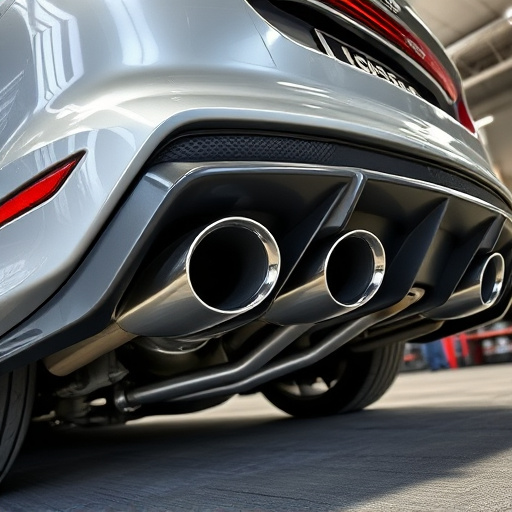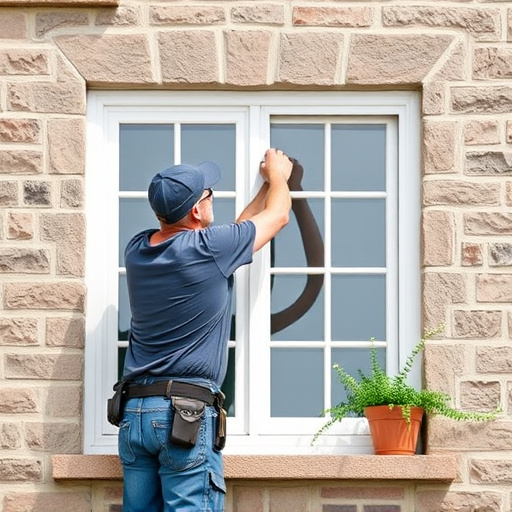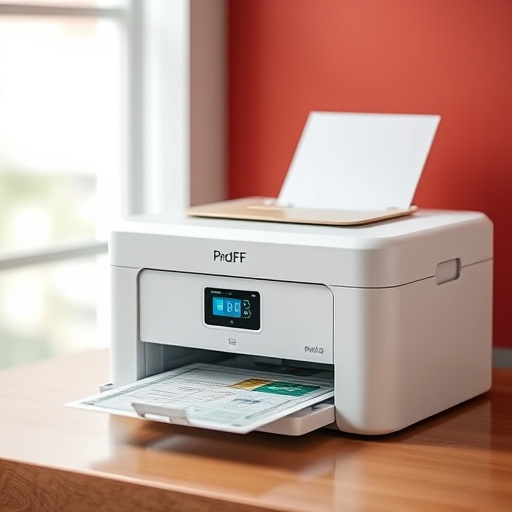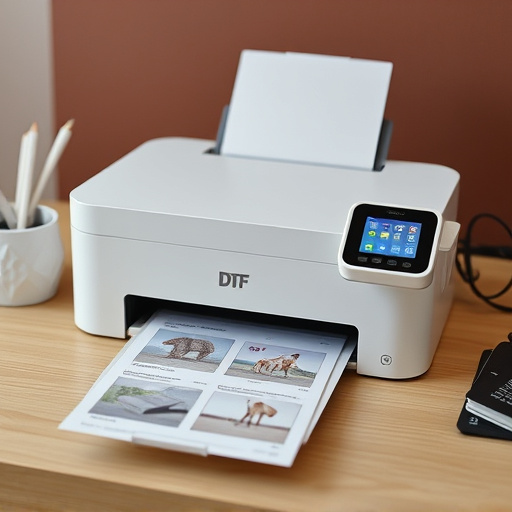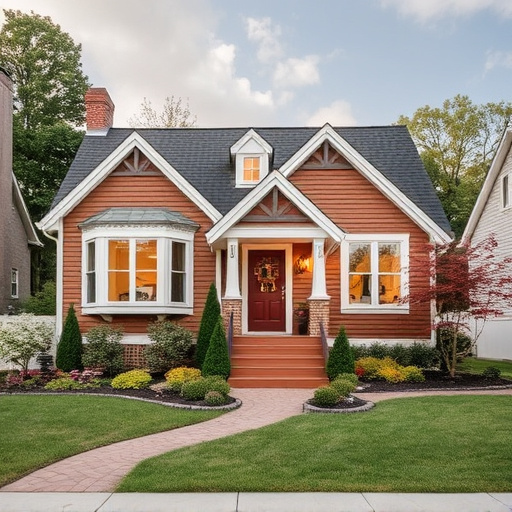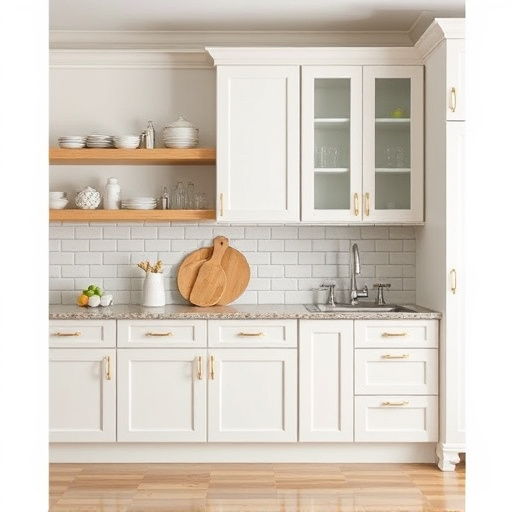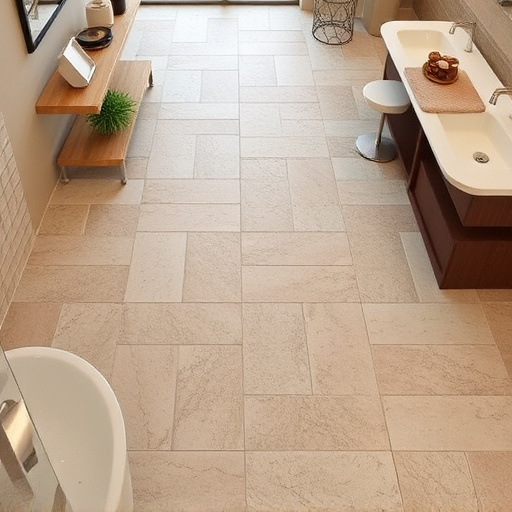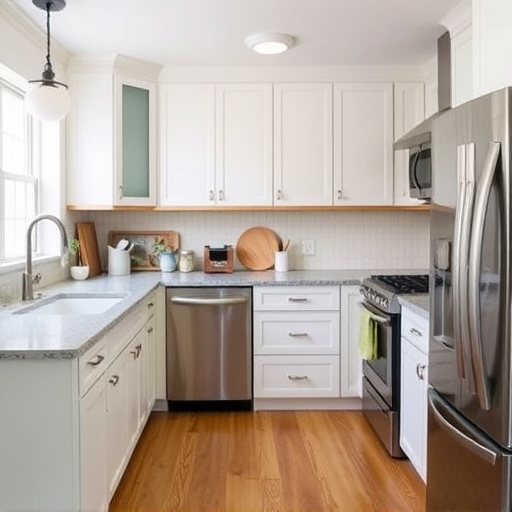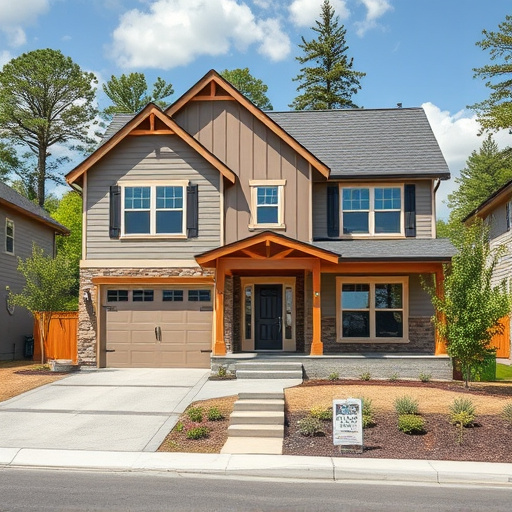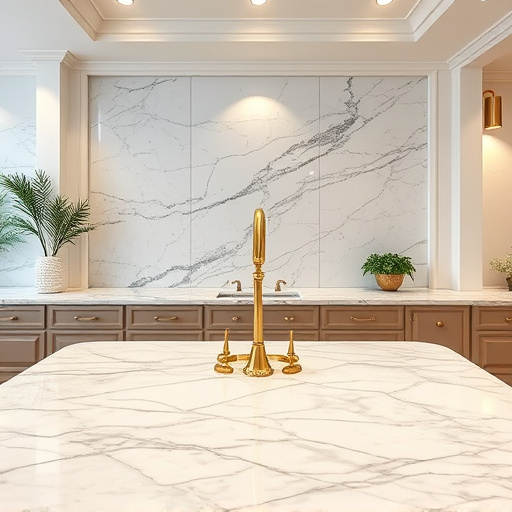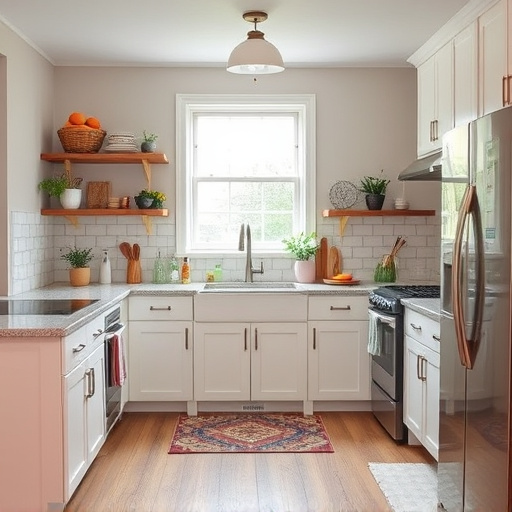Modern office design emphasizes seamless integration of indoor and outdoor spaces, leveraging natural light, moveable partitions, outdoor seating, and even integrated gardens to create dynamic, aesthetically pleasing environments. This trend, driven by remote work's rise, fosters interaction, relaxation, and well-being, mirroring wellness-focused home renovations. By blurring interior-exterior boundaries, offices become vibrant hubs where nature enhances productivity and job satisfaction, revolutionizing office interiors.
Office interiors that seamlessly blend indoor and outdoor spaces are transforming the way we work. This article explores the concept of bridging interior and exterior environments, highlighting the benefits of connecting office spaces with nature-inspired elements and sustainable materials. We delve into key design considerations, natural light strategies, biophilic design impacts, and functional layouts that foster collaboration and flexibility. Discover how modern office interiors can create a harmonious environment that enhances employee well-being and productivity.
- Bridging Indoor and Outdoor Spaces: Design Strategies for Office Interiors
- – Exploring the concept of blurring boundaries between interior and exterior environments
- – Benefits of connecting office spaces with nature-inspired elements
Bridging Indoor and Outdoor Spaces: Design Strategies for Office Interiors
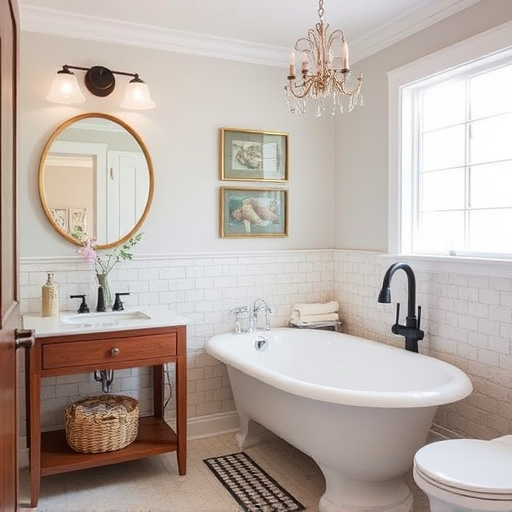
In modern office design, creating a seamless connection between indoor and outdoor spaces is not just an aesthetic choice but a strategic move to enhance employee well-being and productivity. This integration can be achieved through various design strategies that blur the lines between nature and work environments. One effective approach is to incorporate large windows or glass walls, allowing natural light to flood into interior offices while offering glimpses of the outdoors. Such architectural elements not only improve aesthetics but also create a sense of openness, promoting employee interaction and relaxation.
Moreover, designers can implement flexible layouts that easily accommodate both indoor and outdoor activities. This could mean creating moveable partitions, outdoor seating areas, or even integrating gardens within the office. For instance, a break room with a garden wall or a patio space accessible from multiple offices fosters a relaxed atmosphere and encourages employees to connect with nature during breaks. These design choices not only improve employee satisfaction but also contribute to a healthier work-life balance, mirroring trends seen in popular bathroom remodel and kitchen renovation projects that prioritize wellness.
– Exploring the concept of blurring boundaries between interior and exterior environments
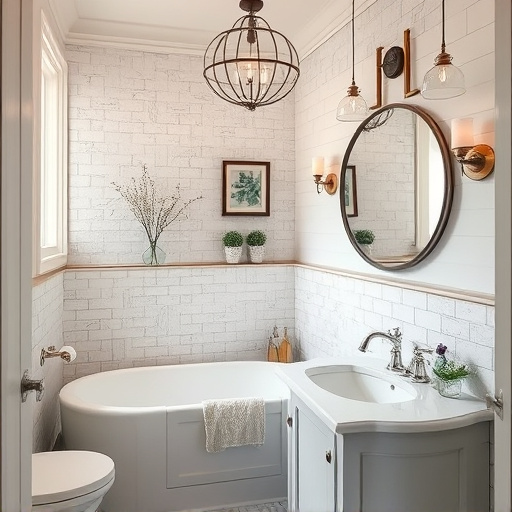
The concept of blurring the lines between indoor and outdoor spaces is revolutionizing modern office interiors. By eliminating physical barriers and embracing a more open design, offices are transforming into dynamic environments that mirror the fluidity of nature. This seamless connection allows employees to seamlessly transition from focused work to relaxing breaks, fostering a sense of continuity and well-being.
This trend often involves incorporating large windows, sliding doors, and expansive terraces to create a flow between rooms. Such architectural elements not only enhance natural light but also provide panoramic views, creating an immersive experience that connects occupants to their surroundings. This approach is particularly relevant in today’s digital age, where remote work has become more prevalent, and the line between professional and personal spaces needs redefining. Whether through a comprehensive multiple room remodel or targeted residential renovations, achieving this indoor-outdoor harmony can significantly elevate the productivity and satisfaction of office inhabitants.
– Benefits of connecting office spaces with nature-inspired elements
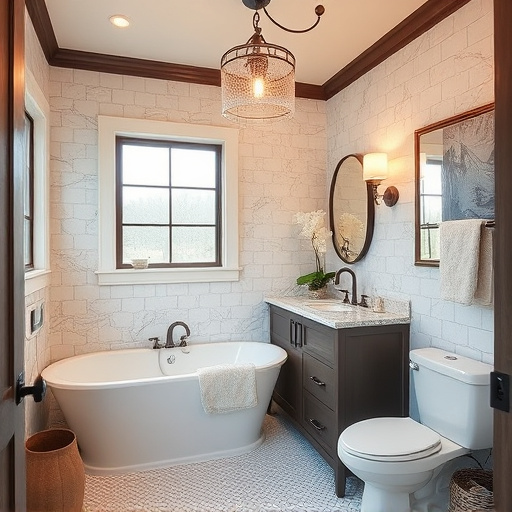
Integrating nature into office interiors offers a plethora of advantages for both employees and employers. One of the key benefits is improved productivity and well-being. Natural elements, such as plants, large windows, or even indoor gardens, create a more stimulating and aesthetically pleasing environment, encouraging workers to stay focused and engaged throughout the day. Research suggests that exposure to nature can reduce stress levels, enhance creativity, and boost overall job satisfaction.
Furthermore, connecting office spaces with outdoor areas facilitates seamless transitions, fostering a sense of continuity between work life and nature. This blend promotes a healthier lifestyle for employees, encouraging them to take breaks amidst greenery or even participate in al fresco meetings, leading to more productive collaborations and innovative thinking. Such home transformations that incorporate natural elements into office interiors are gaining traction, revolutionizing traditional workplace designs and contributing to the overall well-being of those who spend significant time indoors.
Modern office interiors that seamlessly integrate indoor-outdoor connections are not just trends, but essential design strategies. By bridging the gap between interior and exterior spaces, businesses can create vibrant, productive environments that enhance employee well-being and foster a deeper connection with nature. This approach, rich in natural light, green elements, and fluid layouts, offers a compelling alternative to traditional office settings, ultimately elevating the overall work experience. Office interiors designed with an indoor-outdoor focus become vibrant hubs of creativity and collaboration, setting new standards for contemporary workplace design.
